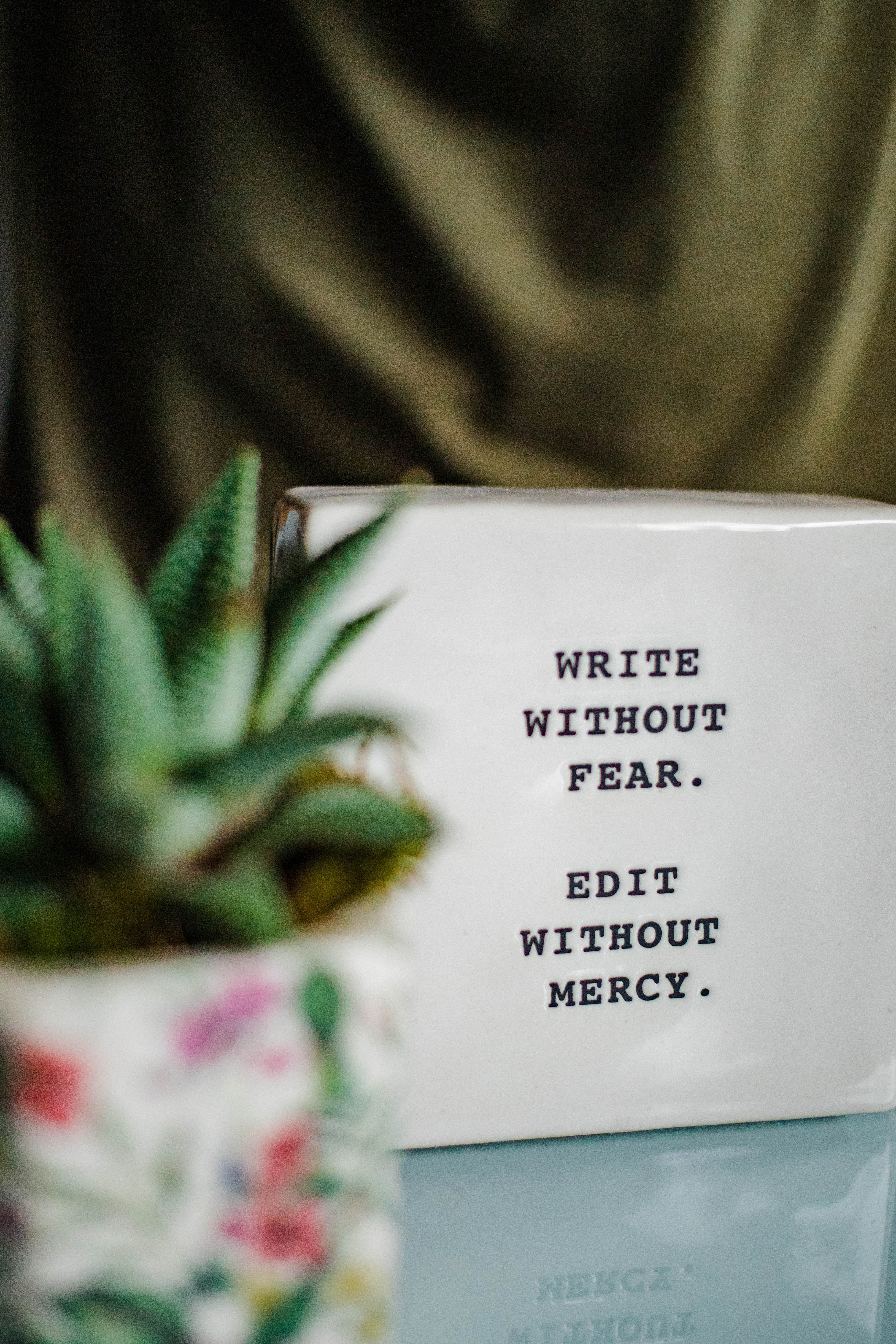There are over half a million fonts in the world and an entire branch of psychology dedicated to researching how different fonts make people think, feel and behave. People have very different emotional and behavioral reactions to different types of fonts. So it’s important to consider your purpose in writing and your audience when choosing a font. You want to set the right tone and create a connection with your resume. Don’t just pick a font you think looks good. Using a whimsical font like Calligraphy Script doesn’t convey the same message to your audience as a more serious font like Times New Roman. You want a font that will create that connection with the hiring manager and hopefully inspire that feeling in them they want to hire this person. You also want a font that is easy on the eyes so recuiters can quickly scan your resume while also being machine readable for the applicant tracking sysems that will be reading your resume. Sans Seriff seems to fit the bill for resume writing font. Sans serif fonts are typically described as clean-looking, modern and efficient. Some examples of sans-serif fonts are Arial, Helvetica, Futura, and Calibri. These popular fonts are the choice of many big brands: Jeep, Google, Dolce & Gabbanna and LinkedIn to name just a few. So when writing your resume consider using the font that seems to work for these powerhouses.




